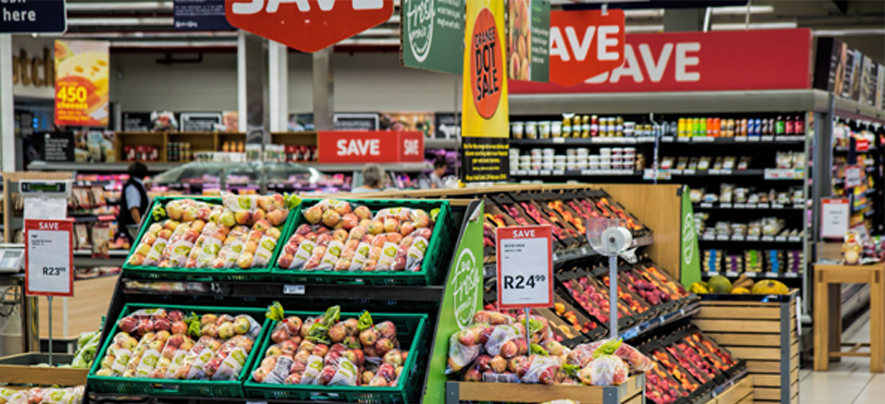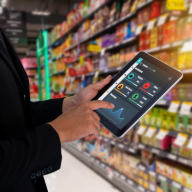The fault in our stores

Retail
408 week ago — 7 min read
Recently, Target became the latest retailer in the US to report weak earnings and shrinking physical store sales. It certainly won’t be the last. As more retail brands disappoint on both the top and bottom lines and announce scores of store closings, many may conclude that brick-and-mortar retail is going the way of the horse-drawn carriage. Unfortunately, this ignores the fact that roughly 90% of all retail is still done in actual stores. It doesn’t recognise that many retailers from upstarts like Warby Parker and Bonobos, to established brands such as TJMaxx and Dollar General are opening at hundreds of new locations. It also fails to acknowledge the many important benefits of in-store shopping and that study after study shows that most consumers still prefer shopping in a store (including millennials!)
Brick-and-mortar retail is very different, but not dead. Still, most retailers will, regardless of any actions they take, continue to cede share to digital channels, whether it’s their own or those of disruptive competitors. To make the best of a challenging situation, retailers need a laser-like focus on increasing their piece of a shrinking pie, while optimising their remaining investment in physical locations. And here we must deal with the reality that aside from the inevitable forces shaping retail’s future, there are many addressable faults in retailers’ stores. Here are a few of the most pervasive issues.
The sea of sameness
Traditionalists often opine that it is all about product, but that’s just silly. Experiences and overall solutions often trump simply offering the best sweater or coffee maker. Nevertheless, too many stores are drowning in a sea of sameness — in product, presentation and experience. The redundancy in assortments is readily apparent from any stroll through most malls. The racks, tables and signage employed by most retailers are largely indistinguishable from each other. And when was the last time there was anything memorable about the service you received from a sales associate at any of these struggling retailers?
One brand, many channels
Too many stores still operate as independent entities, rather than an integral piece of a one brand, many channels customer strategy. Most customer journeys that result in a physical store visit start online. Many customers research in store only to consummate the transaction in a digital channel. The lines between digital and physical channels are increasingly blurred, often distinctions without a difference. Silos belong on farms.
Speed bumps on the way to purchase
How often is the product we wish to buy out of stock? How difficult is it to find a store associate when we are ready to checkout? Can I order online and pick up in a store? If a store doesn’t have my size or the colour I want, can I easily get it shipped to my home quick and for free? Most of the struggling retailers have obvious and long-standing friction points in their customer experience. When in doubt about where to prioritise operational efforts, smoothing out the speed bumps is usually a decent place to start.
Where’s the wow?
As Amazon makes it easier and easier to buy just about anything from them, retailers must give their customers a tangible reason to traffic their stores and whip out their wallets once there. Good enough no longer is. Brands must dig deep to provide something truly scarce, relevant and remarkable. Much of the hype around in-store innovations is just that. For example, Neiman Marcus’ Memory Mirrors are cool, but any notion that they will transform traffic patterns, conversion rates or average ticket size on a grander scale is fantasy. Much of what is being tested is necessary, but hardly sufficient. The brands that are gaining share (and, by the way, opening stores) have transformed the entire customer experience, not merely taken a piecemeal approach to innovation.
Treat different customers differently
In an era where there was relative scarcity of product, shopping channels and information, one-size-fits all strategies worked. But now the customer is clearly in charge, and he or she can often tailor their experience to their particular wants and needs. Retailers need to employ advanced analytical techniques and other technologies to make marketing and the overall customer experience much more personalized, and to allow for greater and greater customisation. More and more art and intuition are giving way to science and precision.
Physical retail is losing share to e-commerce at the rate of about 110 basis points per year. While that is not terribly significant in the aggregate, this erosion will not be evenly distributed and the deleveraging of physical store economics will prove devastating to many slow to react retailers. This seemingly inexorable shift is causing many retailers to reflexively throw up their hands and choose to disinvest in physical retail. The result, as we’ve seen in spades, is that many stores are becoming boring warehouses of only the bestselling, most average product, presented in stale environments with nary a sales associate in sight.
The fault in our stores are legion. But an attitude that stores are fundamentally problems to be tolerated — or eliminated — rather than assets to be leveraged and improved, makes the outcome inevitable. It will, I fear, eventually seal the fate of many once great retailers.
Steve Dennis, the author, is a consultant, speaker and writer on retail innovation, omni-channel strategy and marketing personalization. As President of SageBerry Consulting, he leverages over 30 years of experience to help retail and luxury industry clients accelerate their growth and become more customer-centric. Prior to founding SageBerry, he was Senior Vice President of Strategy and Marketing at the Neiman Marcus Group. He has also held leadership positions with Sears. He has also been associated with brands like NatraSweet and Booz & Co.
Disclaimer: The views and opinions expressed in this article are those of the author and do not necessarily reflect the views, official policy or position of GlobalLinker.
View STOrai 's profile
Other articles written by STOrai Magazine
The Art & Science of People Pleasing in Retail
14 week ago
Most read this week













Comments
Share this content
Please login or Register to join the discussion